
Kaesong: A ‘hot potato’ for N. Korea
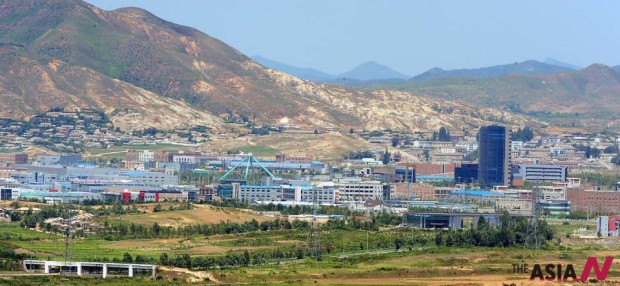
So far, the Kaesong industrial zone, the largest intra-Korean economic project, has survived three nuclear tests, a number of long-range missile launches and a few armed clashes on the Korean peninsula. All these have killed other undertakings, but the Kaesong industrial zone remained afloat against all odds. The history of the zone that began operating in 2004, has been a history of almost unstoppable growth.
The initial idea of the zone was based on the assumption that South Korean businesses would be able to profit from the use of cheap but relatively skilled North Korean labour. Instead of going to China or Vietnam, many argued that South Korean companies could save a lot of money and time by dealing with their compatriots. Therefore, in the early 2000s the South Korean government – then full of optimism about inter-Korean relations – proposed the building of a special economic zone (SEZ) near Seoul, but on North Korean territory. In the zone, North Korean workers were to be employed as cheap labour about South Korean companies.
The economic viability of the zone is dubious. The zone was created and maintained through South Korean governmental largess – the South Korean government paid for infrastructure development, and arranged for water and electricity supply. Moreover, it is not clear whether the zone could be economically viable without the South Korean taxpayer’s backing. Nonetheless, it began operations in December 2004 and has grown ever since. As of March 2013, some 120 South Korean companies employ 54,000 North Korean workers, and the latter interact with some 900 South Korean managers, engineers and technicians on a daily basis.
For the South Koreans, the zone remains a money losing enterprise – that is if we include direct and indirect government subsidies. Yet for the North, the zone has become a large source of income. Last year it was estimated that the North Korean side earned $80-90 million from the zone.
Most of this income comes from the worker’s wages. The average wage in the zone is now in excess of $100, but only a part of this goes to the workers themselves. The government pockets most of the money (nobody knows exactly how much, but it seems to be around 2/3). Some in the West have gone so far as to describe the place as a ‘slave labour camp’ as a result, but this is clearly an example of political manipulation. From what is known, it appears that nearly those who can, lobby and scheme to get a job in the KIZ – something you would not expect to happen has it indeed been a slave labour camp.
Of course this enthusiasm is perfectly understandable – even if the actual income is merely $50, this exceeds even the best official wage in a normal North Korean factory. Jobs in the KIZ are by far the best paid (by a very wide margin indeed) regular factory jobs in the entire North Korean economy.
So far, both the South and the North have shown remarkable willingness to protect the zone from political fallout of the many crisises the Korean peninsula has seen in the last decade. Of course, the zone has come under threat before. In 2008, the North Korean government threatened to close the zone if Seoul did not stop South Korean NGOs from launching leaflet-loaded balloons into the North. However, this half-hearted attempt at blackmail ended in nothing and the zone continued to operate (with only minor disruptions).
It was therefore a surprise (albeit a minor) when in early April the North Korean government suddenly withdrew its workers from the zone. This happened against a backdrop of unusually intense but otherwise typical campaign of diplomatic blackmail with Pyongyang making sinister threats at Seoul, Washington and Tokyo. Such campaigns have happened in the past, but this was the first time when the North Korean side decided to interfere with the operations of the zone directly.
In late April, the South Korean side ordered the withdrawal of South Korean technicians and managers from the KIZ. As a result, the zone is idle and empty – the first time in almost a decade.
Right now, the future of the zone appears uncertain. It is remarkable that the North Korean side has avoided steps that might make closure permanent. Among other things, the North Korean authorities did not prevent the South Korean personnel from leaving the area (a small number of South Korean managers were detained for a few days but eventually allowed to leave). Had the North Korean side wished to drive tensions higher, they could have created a hostage situation. They did not, partly because they probably aim to resume operations at the zone soon. At the same time, the South Korean side also continues to provide the zone with electricity and water, thus making sure that normal operations can be resumed quickly.
Many have expressed their belief that the North Korean government would never close down the Kaesong Zone. It has been argued that financial income is very significant by the meagre standards of North Korea’s economy. The events of the last month should be seen merely as a typical example of North Korean diplomatic performance. This might indeed be the case, and it is quite likely that the zone’s normal operations will resume soon. However, there are also valid reasons for the North Korean government to worry about the zone. It may be profitable in the short term, but it also might be a political time bomb in the making.
There is one big problem with the zone for the North Korean side. It is a hole in the information isolation that has been constructed and maintained by the North Korean government for many decades.
Pyongyang’s propaganda apparatus has assured its populace that they are very lucky to live in one of the world’s most affluent and advanced societies. The North Korean government claimed that its unparalleled leadership qualities and command of the world’s most advanced and scientific ideology of Juche mean that North Korea was and would forever be at the forefront of the world’s economic, technological and industrial development. This was clearly not the case however. Under the watch of the Kim family regime, North Korea, which once was the most advanced industrial area in East Asia outside Japan, was slowing down – increasing lagging further and further behind its neighbours.
Now a yawning – and fast widening – gap separates the two Korean states, but the average North Korean is not supposed to know such dangerous information. Until roughly 10 years ago, North Korean propaganda used to insist that South Korea is a destitute colony of American imperialism. Such claims have recently disappeared, but the true extent of South Korea’s prosperity is still hidden from the majority. The discovery of such prosperity is of course forbidden for the regime because it will show the spectacular economic inefficiency of the North Korean bureaucracy.
However, the Kaesong industrial zone is a place where North Korean workers acquire exactly this type of dangerous knowledge. The zone is heavily infested with police informers and political discussions are therefore dangerous. Nonetheless, seeing is believing. The average worker in the zone is free to talk to his manager (from South Korea) or technicians (from South Korea), and this is surely enough to lead them to suspect that their country is substantially poorer than the South. Just by the clothes that South Korean managers wear, their weight and height, and even their colour skin (no labour mobilizations to the fields in South) it is obvious to even the most vacant observer that South Koreans live much better.
South Korean managers, deploying their notorious economic largess to motivate their humble North Korean workforce often give them small snacks of which the Choco Pie (a South Korean brand of biscuit) is reputed to be the most popular. The Choco Pie is often resold at the market in Kaesong at a huge premium and has come to be seen as a sign of affluence.
These changes do not bode well for the future of the North Korean regime. Most people in Kaesong probably do not jump to politically damaging conclusions, but cannot but be aware that what they have been told about the South is a lie. They must also understand that their lifestyle is not the envy of the world. As long as the zone remains operational, the number of people with such dangerous thoughts is likely to continue to grow.
It would not be at all surprising if people in Pyongyang have decided that the zone is not worth the income it provides. The long-term political risks entailed may prove to be decisive in the fate of the zone.
Therefore, there is some reason to believe that the Kaesong industrial zone has been closed for good. It is not certain of course, but it is not impossible. The regime’s decision makers may have judged that their political and, perhaps, even physical survival is more important than an extra $80 or $90 million.



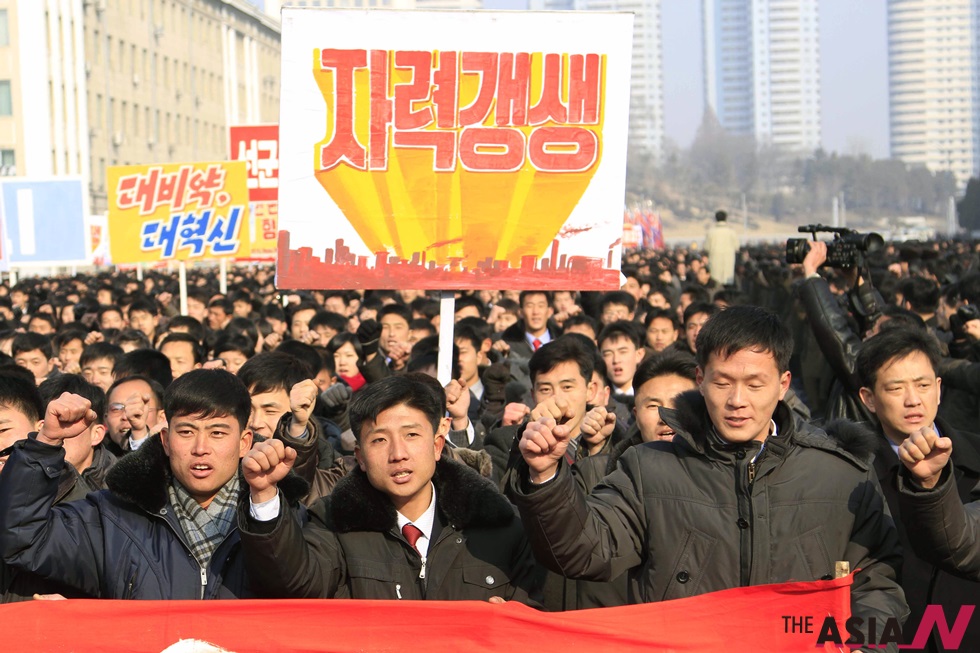
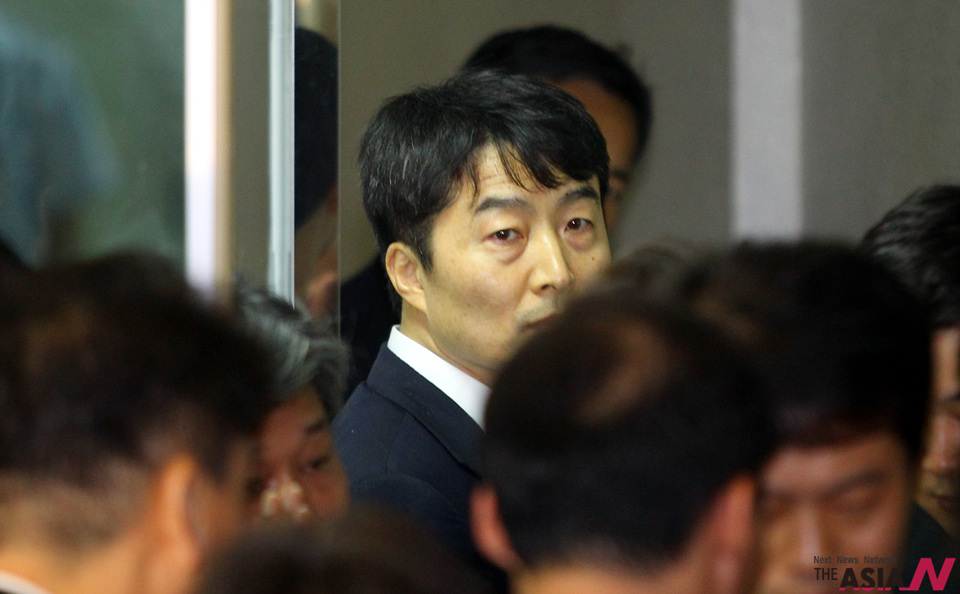
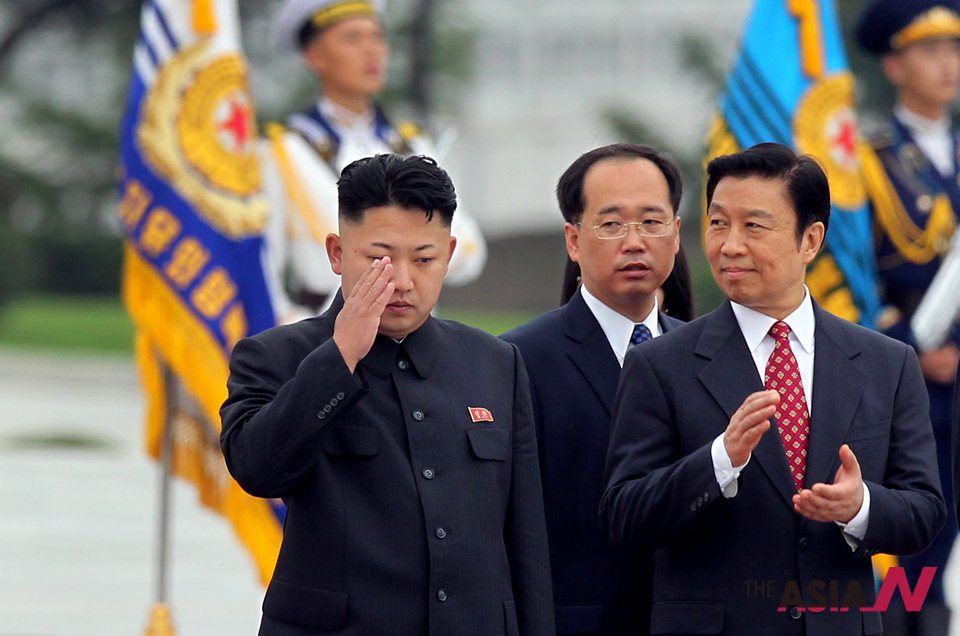
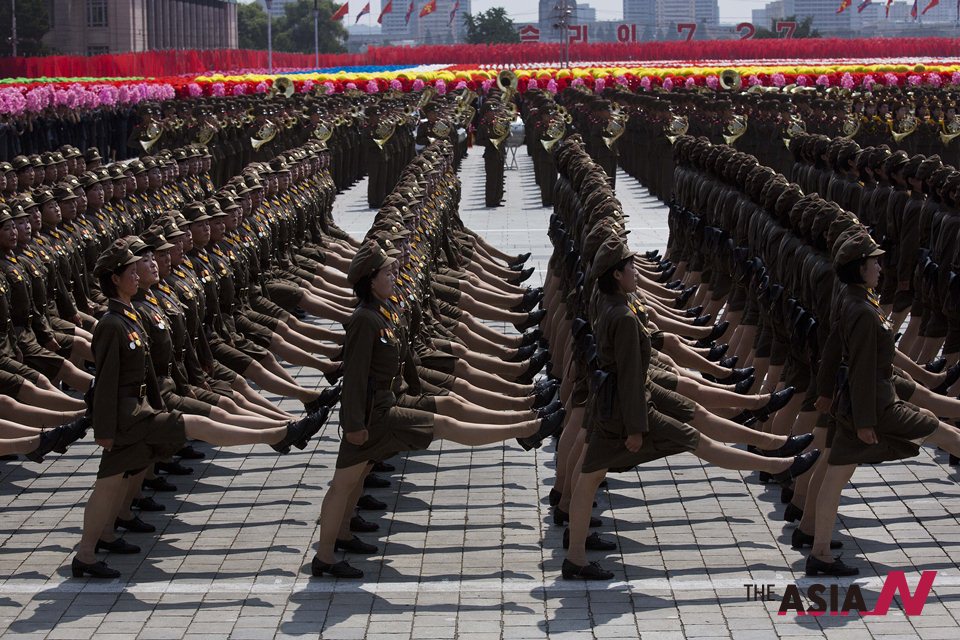
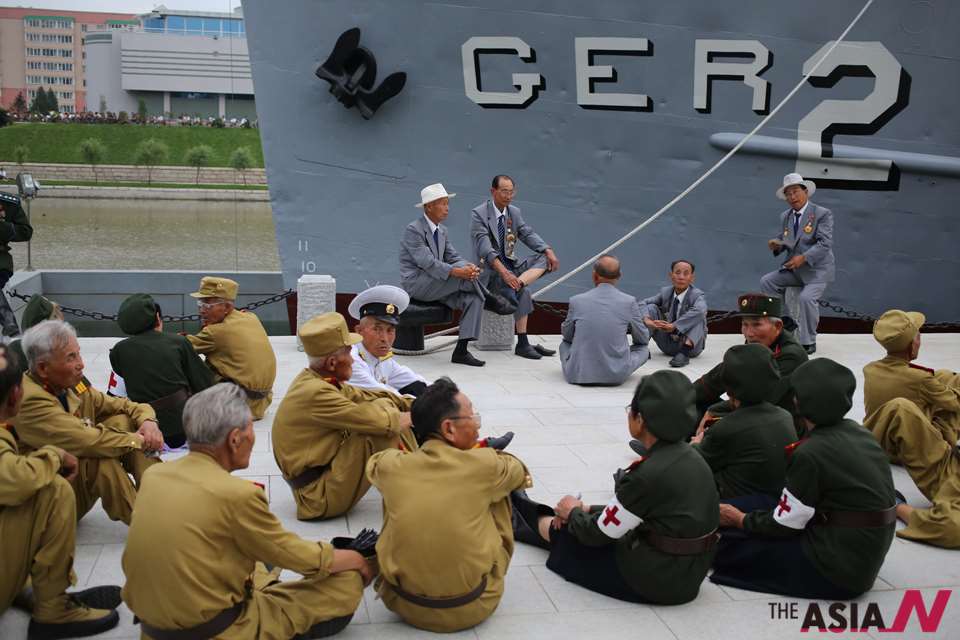
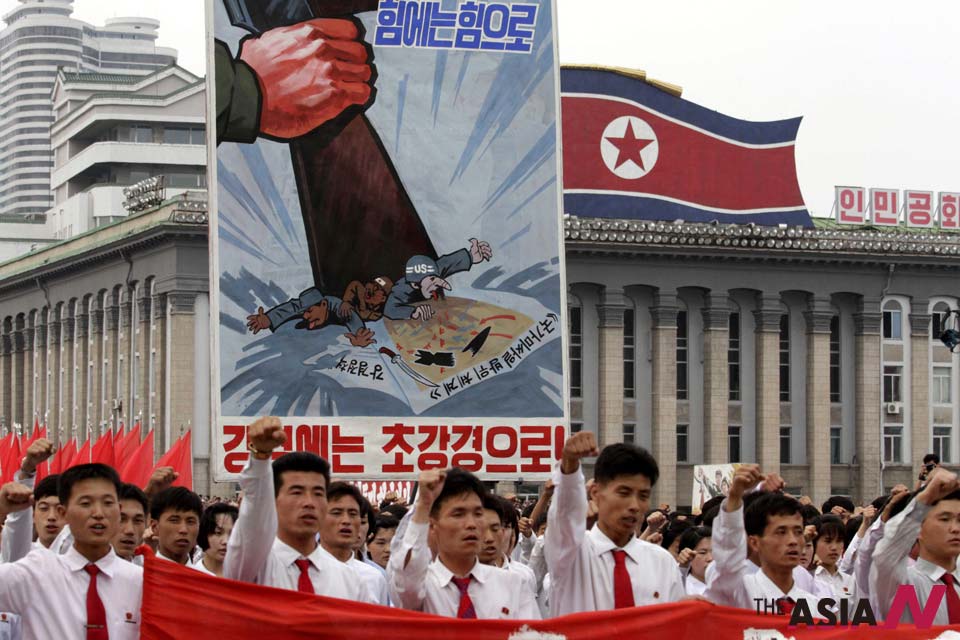
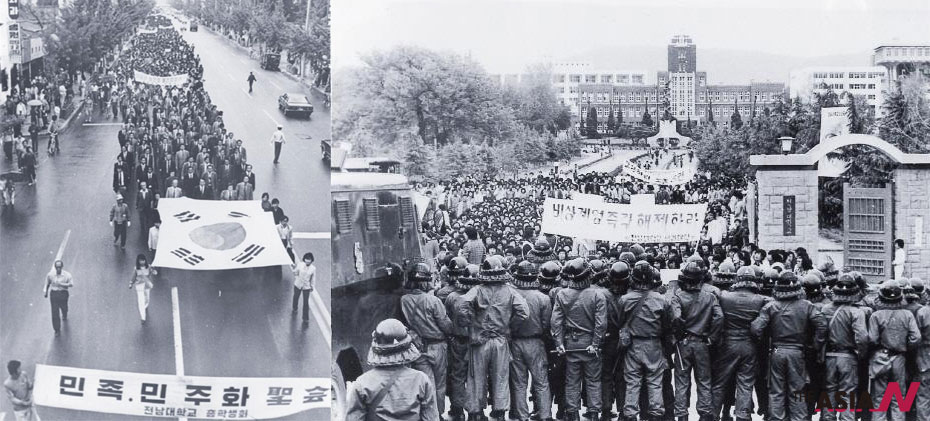
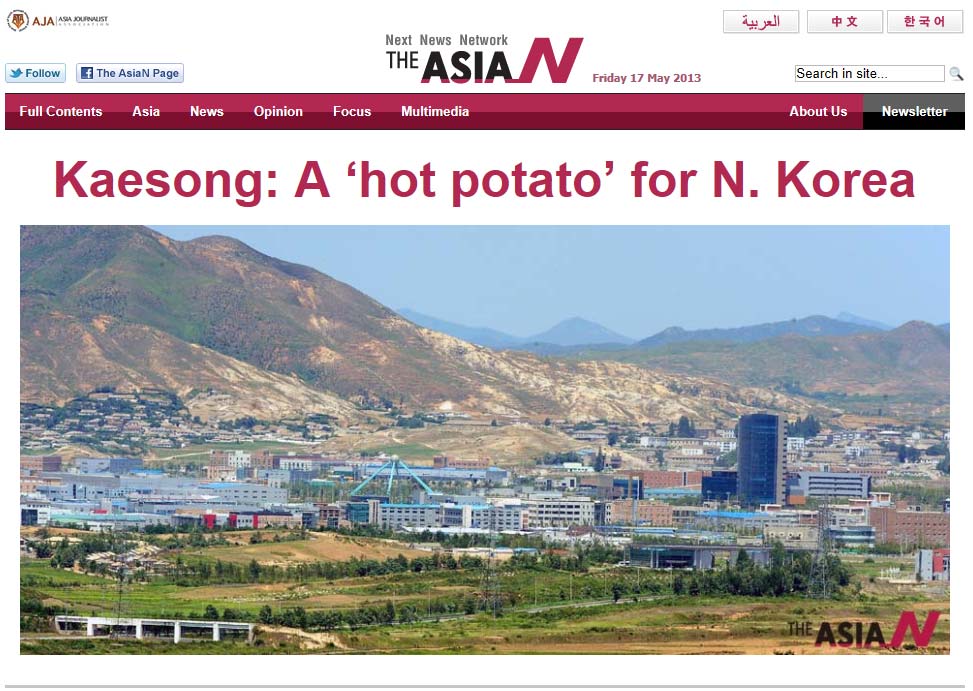


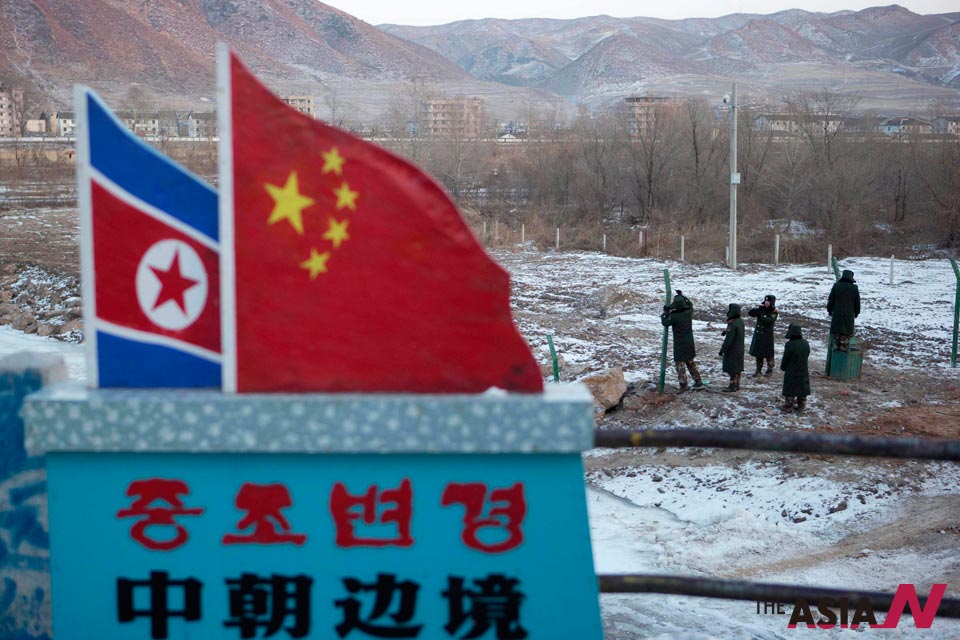
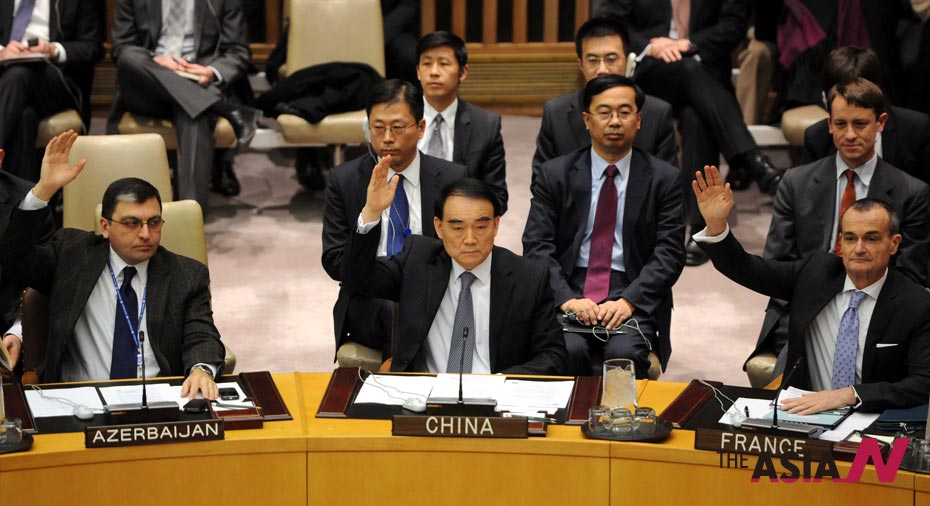


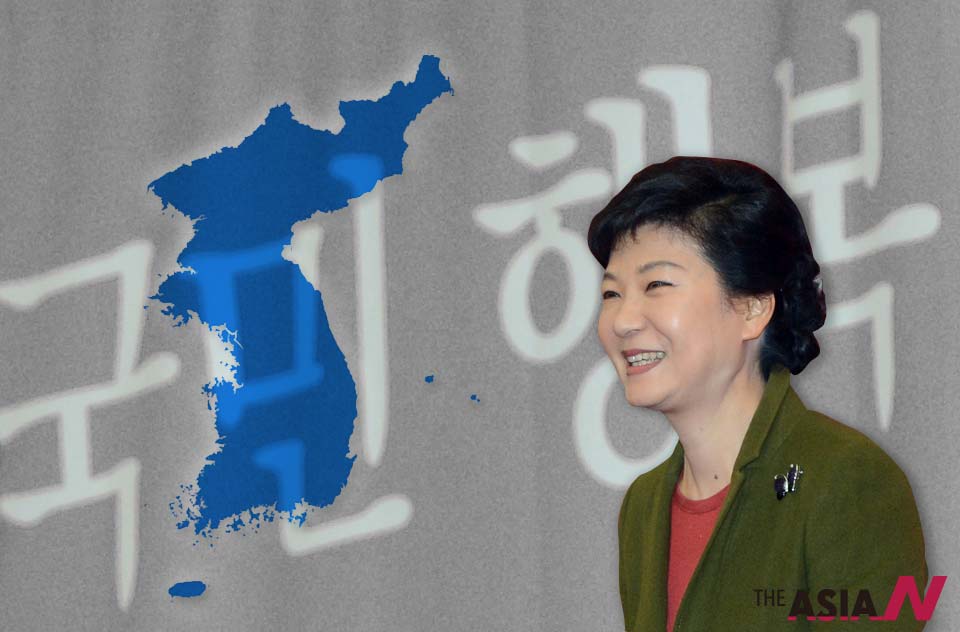
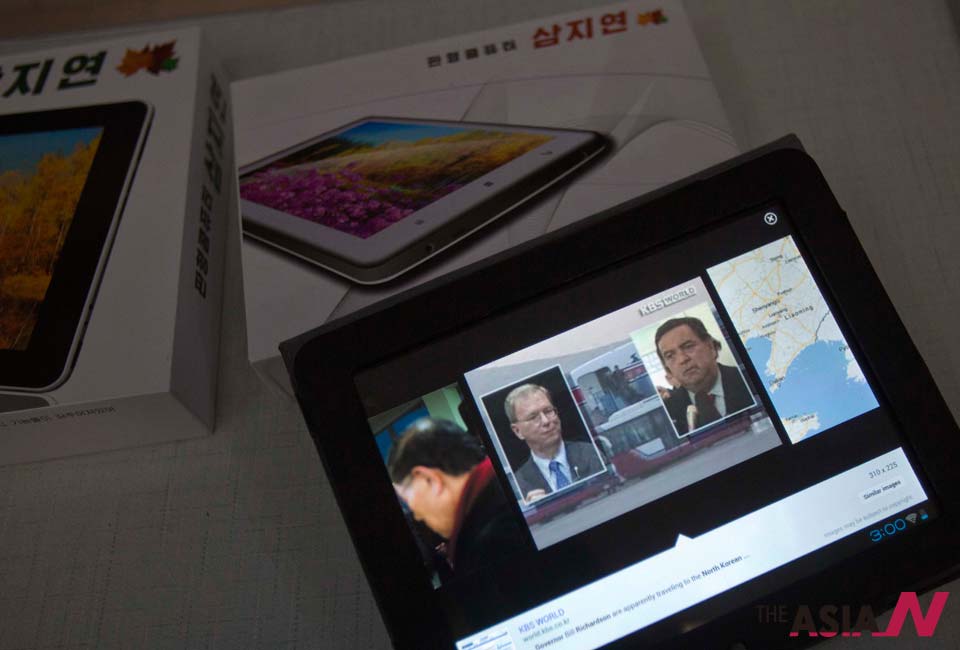
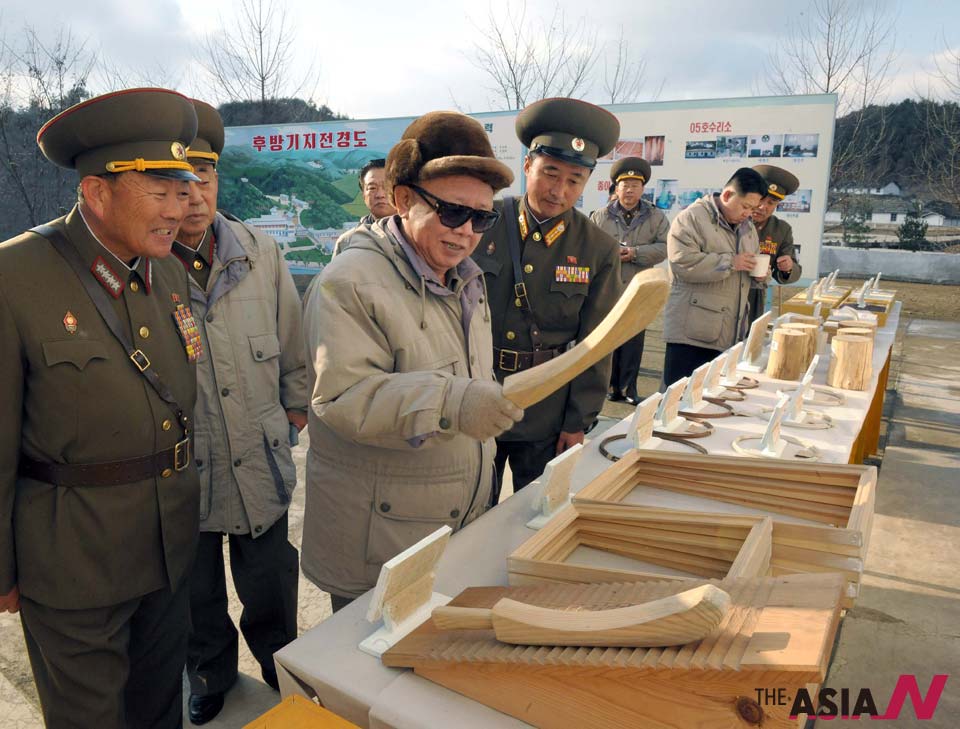
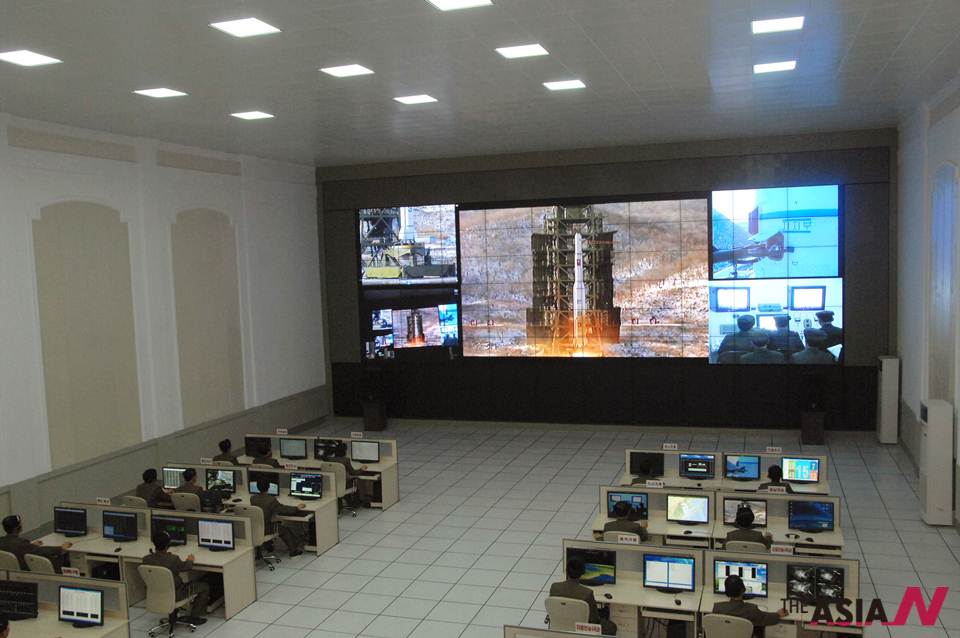


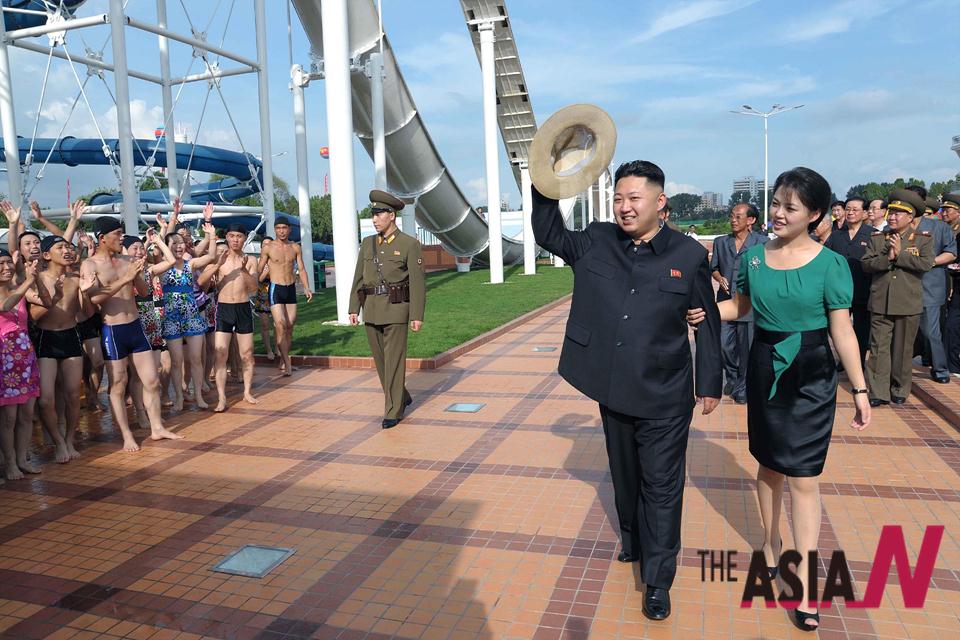
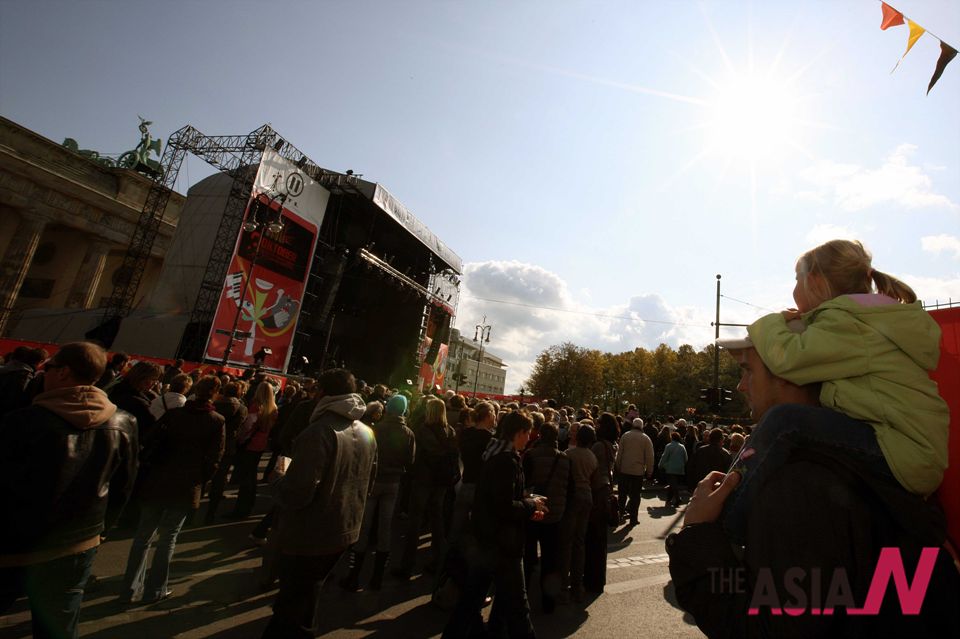

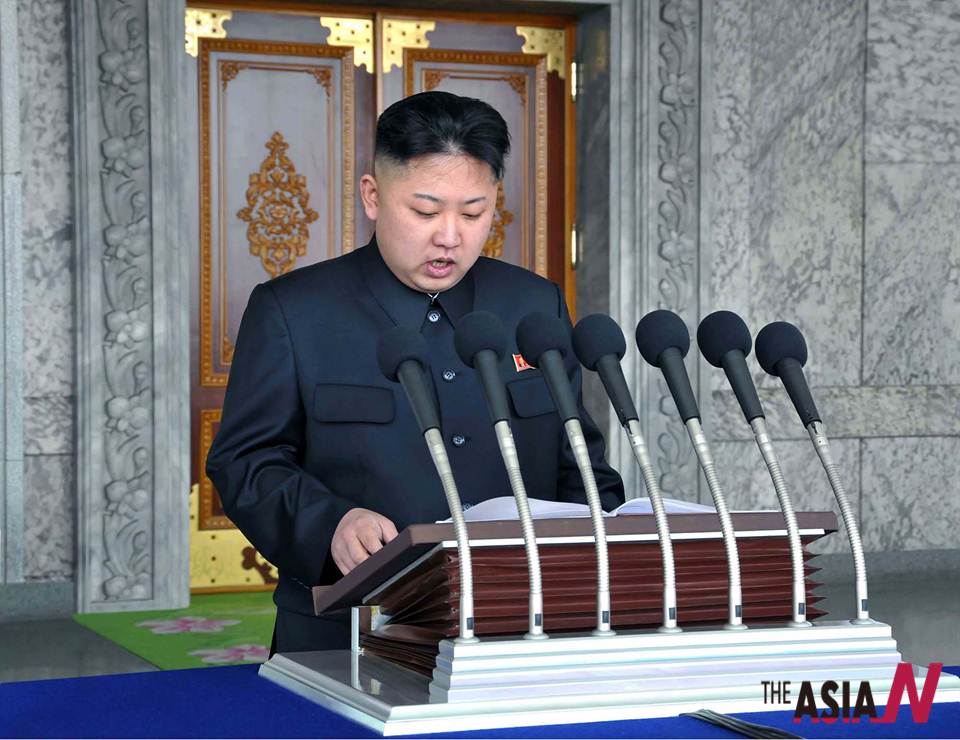
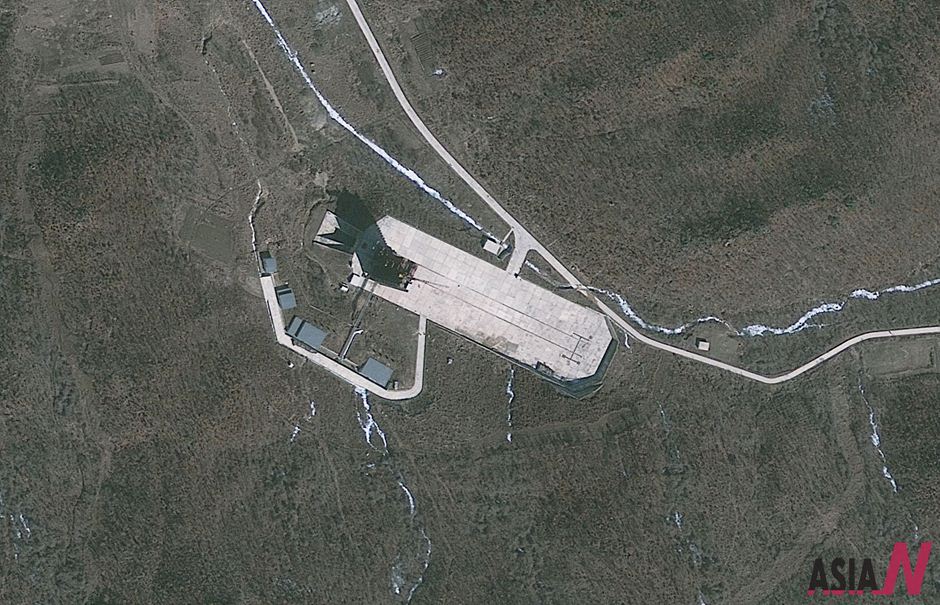
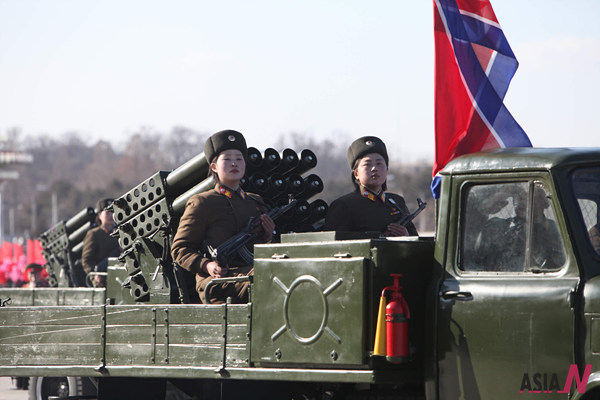
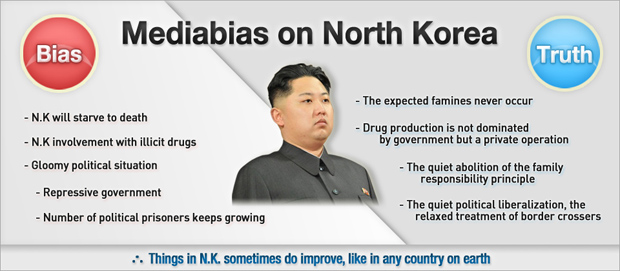


2 comments